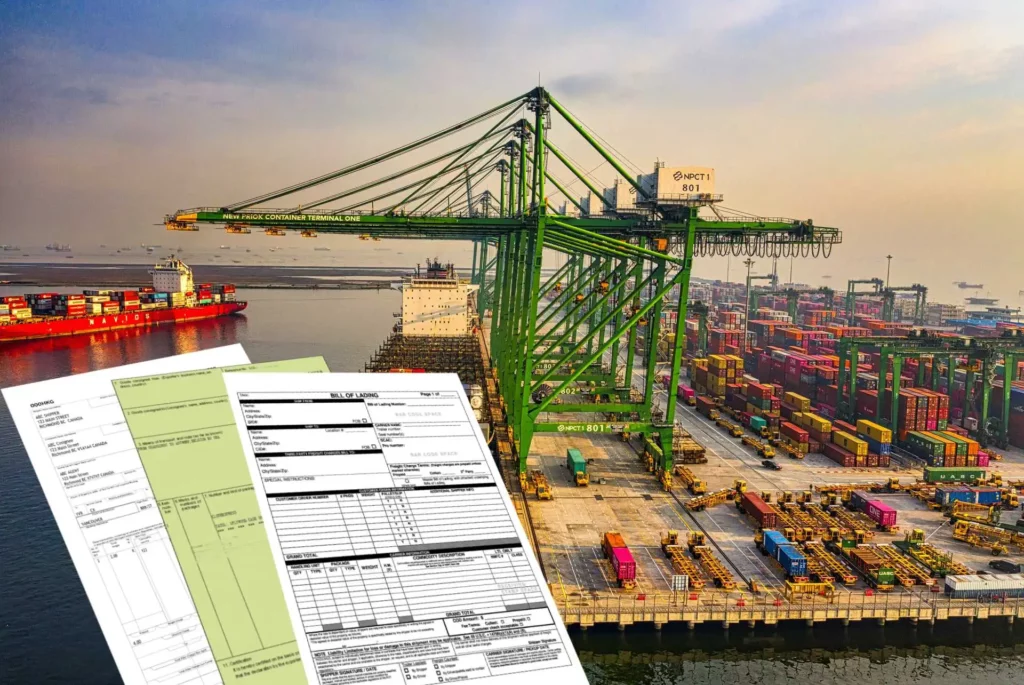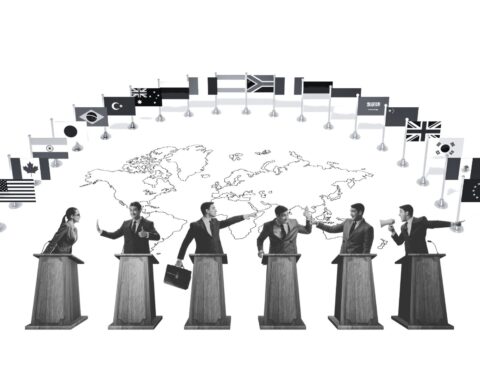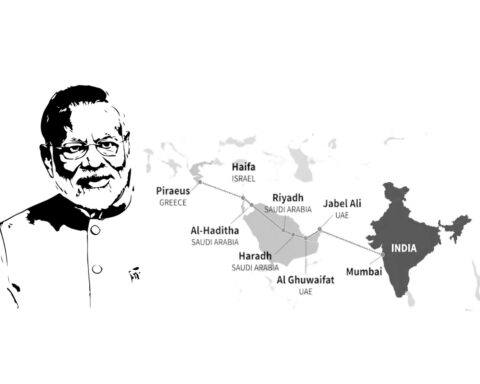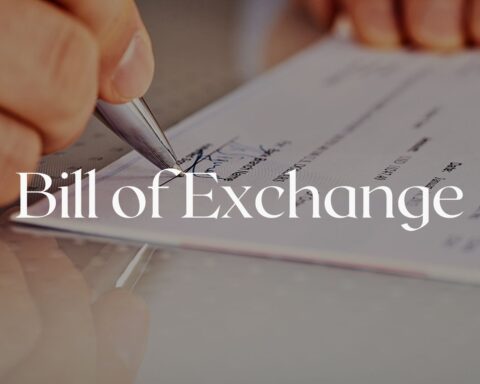Deciding to start exporting can be daunting for small businesses that have no knowledge of international trade. This is quite understandable, because what we do not experience is a mystery to us; until we get to try.
In the age of globalization, the number of businesses that start exporting are exponentially increasing all around the world. What’s more, they are born as global SMEs. In a world where different cultures are familiar with each other and there is a tremendous connectivity through technology, I wouldn’t expect otherwise.
Although there are various motives that drive people to start exporting, the ultimate goal is growth. And there is a limit to growth in a certain area where there are limited buyers.

There is a limit to growth in a certain area with a certain number of customers. Once you reach that limit, growth stops. To continue to grow, it is necessary to expand the market, in which case we are talking about opening up to global markets.
Before you start exporting, you should first ensure whether you are ready and fit for export. For this, I have prepared some questions to assess yourself under 14 topics. The sum of your positive answers to these questions will show whether you are ready for export or not.
Company
1- Motivation
Why do you want to start exporting? What is the motivation that makes you decide to expand overseas?
Is it about compensating for the low season?
Do you want to mitigate the risks of staying in just one market?
Do you want to get cash payment for bulk orders?
Do you want your brand to be known around the world?
Whatever the reason is, write it down and keep it. You’ll need to read that paper again and again. It will remind you why you started this journey and you’ll be able to check yourself if you still stick to your original aim and keep on going to reach your vision.
2- Goals
Do you have defined goals?
What exactly do you wish to achieve?
How will you measure the performance? What metrics will you be using?
Do you have a written export strategy?
How long will it take to get the expected results?
Share your goals and objectives with the whole staff and draft the export strategy together, not by yourself.

“If you want to go fast, go alone. If you want to go far, go together.”
— African Proverb
Set SMART (Specific, Measurable, Achievable, Relevant, Time bound) goals, delegate the duties and ensure that every single person in the company knows what they are doing and most importantly WHY they are doing it. This way, they will be working in tandem and perfect coordination.
3- Dedication
Is this the common idea of the management or you brought it up out of the blue?
What do the others think about exporting? Do you have everyone’s opinion?
Are you all determined and willing to dedicate your resources and time to the process?
Wanting to achieve certain results is something, but only dedicating yourself to a goal and doing whatever it takes to succeed is what takes you there.
4- Communication
Do you or anyone in your company speak at least English well?
It doesn’t matter if you are selling to Spain, Hong Kong or Qatar. You can’t speak all the languages, but English will help you communicate with anybody who is dealing in international trade. Not to mention that you had better have the personnel speaking native language of your target market. For example, If you entered German spoken markets and things are going well there, then you may consider recruiting a native speaker. Communicating with people in their own language makes them feel closer to you and you get the chance to gain their trust.
5- Experience
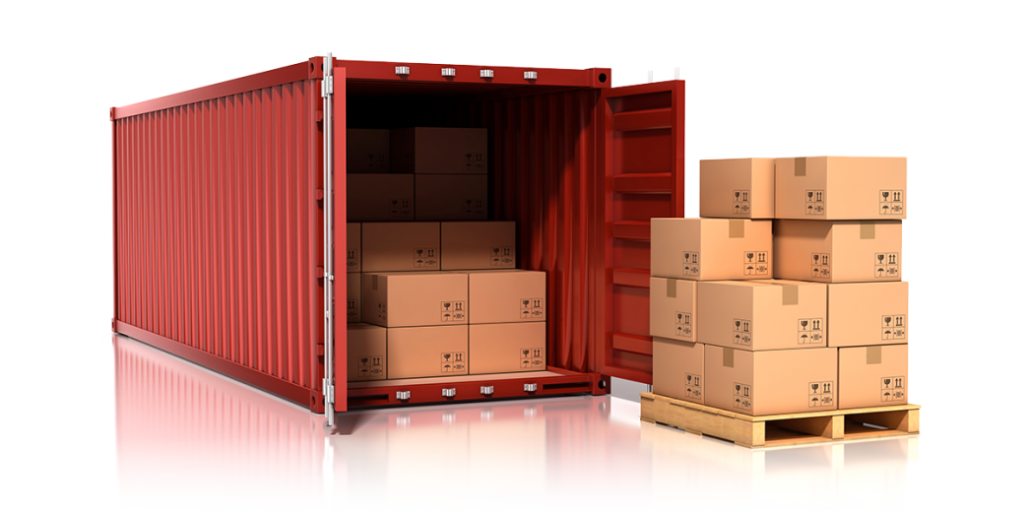
Do you have the basic knowledge of international trade?
- Payment Terms
- Shipping Terms
- The ecosystem of IT
- Documentation
Even if you know where exactly to sell and have found the potential buyers, if you don’t know how to carry out export procedures, you can’t do anything.
Without knowing what payment method is in your favour, how will you deal with your prospect?
Incoterms, on the other hand, are of great importance to know each detail as you should know what responsibilities fall on you. Otherwise, unwittingly, you might have assumed some costs and liabilities that you normally wouldn’t accept. Due to such mistakes you may end up losing the buyer and what’s worse you might be sued.
There are a number of players to help you to make your export process run smoothly. These service providers are mainly customs brokers, freight forwarders and banks. These professionals make complicated procedures quite easy and it wouldn’t be wrong to say that they are sort of your export consultants. They provide you with all the information you’ll need in international trade. All you have to do is find the buyer and close the deal.
The next thing you should master is documentation. This is such an important matter that if you mistakenly issue a false document, your products could be detained at the customs and you could be fined at best. As a would-be exporter, you’d better work with the professionals at the outset. Depending on the importing country, your export documentation process can either be easy or hard. So firstly, find out which documents are required for your customer’s country. As you increase your operations, they will get easier; it’s not rocket science at all.
6- Strategy
Have you identified your target markets?
Did you do market research? Have you developed an export marketing strategy for each target market?
“If you don’t know where you’re going, any road will get you there.”
Lewis Carroll
As an MSME you have to use your resources efficiently and effectively. To do that, you’ll need a solid plan navigating you to the right markets. Each target market has their own dynamics in terms of demography, socio-cultural factors, economy and consumer behaviors. As such, they require in-depth market research and tailored market entry strategies as well as marketing strategies.
7- Finance
Have you allocated enough sources to back your exporting strategy?
Is your company stable with sustained positive cash flow?
Unlike domestic sales, exporting can be costly. Until your brand is recognized in your industry around the world, you’ll have to spend your money on trade shows, business trips, sample shipping, advertising and other promotional activities. Besides brand recognition, there will be other expenses like getting required certificates, adjusting your factory and products to international standards and criteria.
At the outset of your export planning, make sure that you allocate enough sources from the budget and learn what types of financial instruments you can incorporate into your exporting plan.
8- Competition
Who are your competitors?
Whether domestic sales or exporting overseas; when it comes to trade, monitoring rivals is a must. Identifying your rivals and which markets they are at; their sales and promotional activities will provide you valuable insights. Most importantly you can revise and develop your own strategy and tactics looking at their mistakes and accomplishments. Today there are lots of online tools and sources to monitor your competitors’ activities.
Product
1- Capacity
Does your company have sufficient production capacity to meet the demands?
Besides defining your target markets, targeting the right potential customers are also important. You cannot appeal to a whole industry, because you have a production capacity, limited manpower and limited technology. So it’s best to narrow down the focus and target only the buyers whose demands you can meet.
2- IP
Do you have both domestic and foreign Intellectual Property Protection for your product?
Owning intellectual property is crucial for two reasons:
- You protect your IP (trademarks, copyrights and patents) in the target markets you enter and have the competitive advantages of differentiation.
- When you apply for the ownership, you learn whether you can own the IP of your product/service in your target market. If your application is denied because it’s already owned, you happen to find out at the beginning and take your precautions accordingly; you either try other markets or change your strategy.
3- Modifications
Are you able to modify packaging, components, ingredients, materials and function of the products to meet foreign import regulations and customer expectations?
You could be manufacturing an amazing product and it satisfies your existing customers’ needs. However, due to cultural and geographical differences, it may not be preferred in your target market as it is and you might need to make some modifications.
Secondly, the present products may not comply with the regulations of the target country. In order to be able to sell your products, you need to modify and make them standards-compliant.
4- Advantage
What competitive advantages does your product have over the competitors’ products on the market?
What is it that differentiates your product from the others?
How are you going to stand the competition and attract the buyers’ attention?
Without a differentiation strategy, your product will look the same as the others. And they will keep their market share because the buyers won’t see any reason to leave their current suppliers. To capture their attention, it’d be effective to differentiate in terms of pricing, function, warranty, after sales service or design.
Give them a reason!
5- Compliance
Do you have the certificates, laboratory analysis report, licensing, traceability system or any other proof of compliance required in the target country?
Is your product compliant with target market trade and safety regulations such as ITAR compliance and CE marking?
Besides complying with the rules of the destination countries, you are also required to comply with various export control laws that are published by your government.
6- Service and Support
Will you provide installation service in the destination country (If it’s a product that needs installation)?
Will you provide any special training on how to use the product (machinery, software, hardware, a digital gadget etc.) and carry out the maintenance?
Will you provide on-the-ground technical assistance or after-sale service?
On-the-ground service and support could be costly depending on the proximity of the country. Therefore, you should determine your service and support policy for each target country at the beginning and include it in your financial plan. This way you’ll know exactly how much to charge each market.




